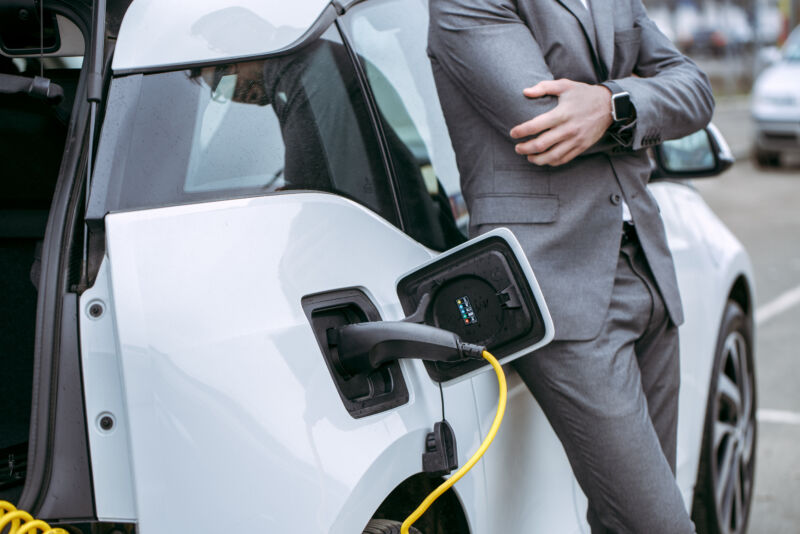Why Go Electric for Business?
Making the switch to electric is just good business, right? Whether you're an individual purchasing a car through work or a business looking to change up your fleet of company cars, going electric is the smart choice. We detail the many reasons why you should consider electric for your next company car below.
